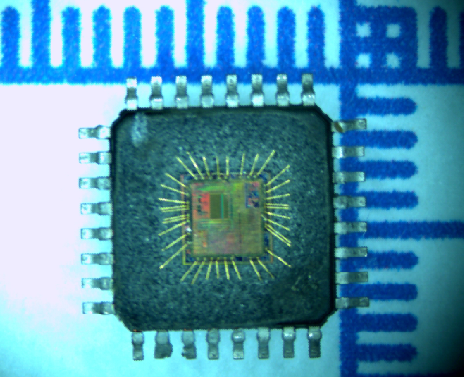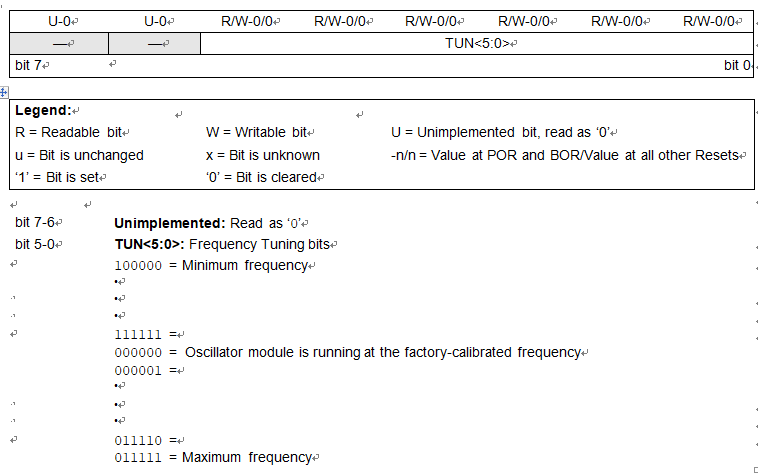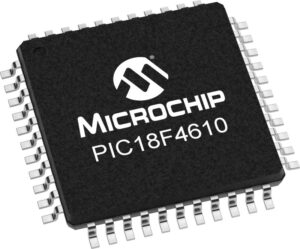 Secured Microcontroller PIC18F4610 Flash Heximal Restoring
Secured Microcontroller PIC18F4610 Flash Heximal Restoring
Secured Microcontroller PIC18F4610 Flash Heximal Restoring needs to crack mcu pic18f4610 security fuse bit, and then extract embedded firmware from pic18f4610 processor flash memory;

When the OSCTUNE register is modified, the INTOSC and INTRC frequencies will begin shifting to the new frequency. The INTRC clock will reach the new frequency within 8 clock cycles (approximately 8* 32 ms = 256 ms).
The INTOSC clock will stabilize within 1 ms. Code execution continues during this shift. There is no indication that the shift has occurred. Operation of features that depend on the INTRC clock source frequency, such as the WDT, Fail-Safe Clock Monitor and peripherals, will also be affected by the change in frequency.

Like previous PIC18 devices, the PIC18F4610 devices include a feature that allows the system clock source to be switched from the main oscillator to an alternate low-frequency clock source when crack pic18f4550 microcontroller flash memory. PIC18F4610 devices offer two alternate clock sources. When enabled, these give additional options for switching to the various power managed operating modes.

microcontrolador seguro PIC18F4610 flash heximal restauración necesita descifrar MCU pic18f4610 bit de fusible de seguridad, y luego extraer firmware incrustado de la memoria flash del procesador pic18f4610
Essentially, there are three clock sources for these devices:
- Primary oscillators
- Secondary oscillators
- Internal oscillator block
The primary oscillators include the External Crystal and Resonator modes, the External RC modes, the External Clock modes and the internal oscillator block in the process of copying binary file from pic18f458 mcu. The particular mode is defined on POR by the contents of Configuration Register 1H.
The details of these modes are covered earlier in this chapter. The secondary oscillators are those external sources not connected to the OSC1 or OSC2 pins. These sources may continue to operate even after the controller is placed in a power managed mode.